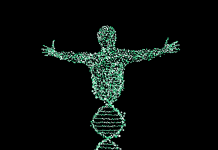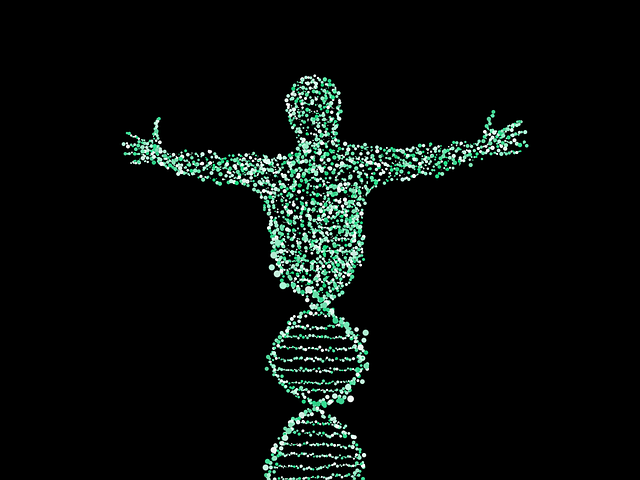Genetic testing companies have different sets of data and different ways of analyzing information. Companies use distinct approaches in tabling their results and presenting information acquired from the DNA tests. People are advised to choose tests based on what information they want to get from the tests. The following are the main types of 23andMe alternatives .
Ancestry’s is about family histories and genealogy. It gives information about family history, where the family comes from and the lineagethus connecting the individual to potential ancestors. It uses genotyping technology to analyze the DNA.
It also helps in linking up the DNA test to a self- reported family chain through the use of genetic science. The test goes back to match up the individual with ancestors and explore the possible existing relations with them. Its main purpose is to find genealogical personal ancestry that is autosomal only and help people connect with unknown relatives.
This test has more suitability for people who want to trace their own family trees through the various generations in order to connect them to their. This is in spite of factors such as interest in receiving health information. The has been proven to be highly successful for this.
It uses an autosomal that studies a person’s entire genome at various locations. It also examines unique genetic codes for possible information about the family history. It also covers all the family lineages that are both maternal and paternal sides of the family tree. It is carried out through examining a small sample of the saliva from the DNA extracts.
National Geographic’s Geno 2.0 test
It includes an ancestry test called Geno 2.0. The test uses next generation sequencing instead of the genotyping technology used by both the AncestryDNA and 23andMetests. This makes it different from them all.
The next-generation sequencing looks at the protein –encoding parts of the individual’s genome (exome) and learn how it is affiliated to specific regions of the world. This is contrary to genotyping which examines specific parts of DNA and combines them together.
The National Geographic’s test provides three ancestry reports namely Regional, Deep and Hominin ancestry. Regional ancestry report tells where the ancestors of the party came from more than 500 years ago and provides historical genius matches. Deep on the other hand shows the ancestors’ migration patterns thousands of years ago.
It also shows deep ancestry results showing the complete anthropological background of the ancestors. Hominin ancestry shows the levels of DNA in the individual that are common with that of a Neanderthal or the denisovan ancestry. People who undergo the test have greater opportunity of connecting with other geographic participants.
This enables in filling of the existing gaps on human development history. The whole Geographic’s test currently costs $149.95. Other ancestry tests include My Heritage which focuses on building family trees and connections.
The other one is Family Tree DNA which helps in providing and establishing genetic links to relatives. It is best for genealogists, YDNA and mtDNA tests. People should go for tests that will help them get answers to their questions since all tests come in at almost same prices.



















